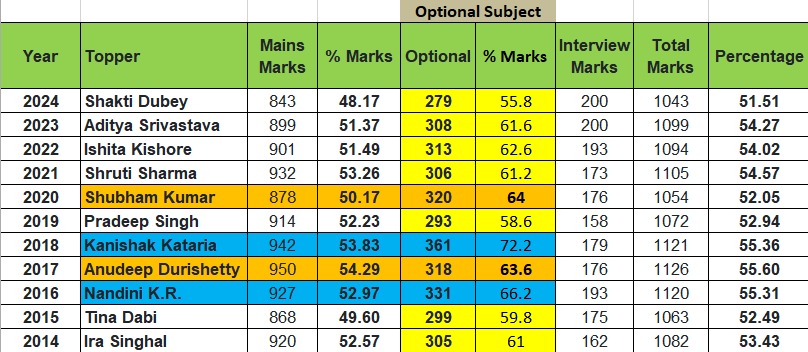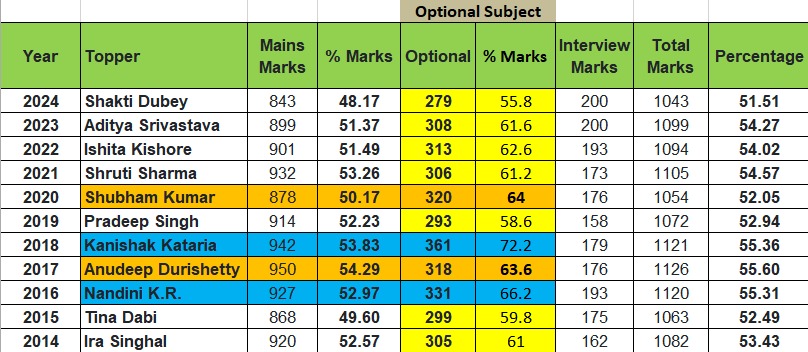
For Anthropology optional in the UPSC examination, referring to important reports can provide valuable insights and contemporary relevance to your answers. Here are some significant reports and documents that anthropology aspirants should consider studying:Important Reports and Documents1. Census ReportsCensus of India: Provides comprehensive data on population demographics, social and economic ch...

Writing good answers for the Anthropology optional in the UPSC Mains requires a blend of clarity, depth, structure, and analytical skills. Here are some detailed tips to help you craft high-quality answers:Understanding the QuestionRead Carefully:Understand what the question is asking. Identify keywords and directives such as "discuss," "critically analyze," "compare," etc.Break Down the Question:...

The duration it takes for teachers to complete Anthropology coaching for the UPSC exam can vary based on several factors. Here are some reasons why some Pradip Sarkar at sapiens take five months to finish the syllabus instead of three and half:Depth of CoverageComprehensive Understanding:Teachers who take longer may aim to provide a deeper and more comprehensive understanding of the subject....

Are you preparing for UPSC and aiming for a high score in Anthropology Optional? Look no further! Sapiens IAS brings you an exclusive session on "How to Score 300+ in Anthropology Optional", guided by the highly experienced Pradip Sarkar sir. In this detailed masterclass, Pradip Sarkar Sir covers key insights, strategies, and preparation tips tailored specifically for Anthropology ...

Are you preparing for UPSC and aiming for a high score in Anthropology Optional? Look no further! Sapiens IAS brings you an exclusive session on "How to Score 300+ in Anthropology Optional", guided by the highly experienced Pradip Sarkar sir. In this detailed masterclass, Pradip Sarkar Sir covers key insights, strategies, and preparation tips tailored specifically for Anthropology ...